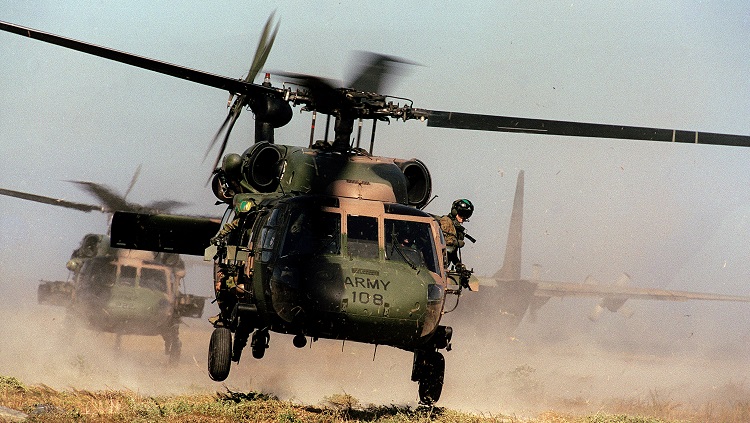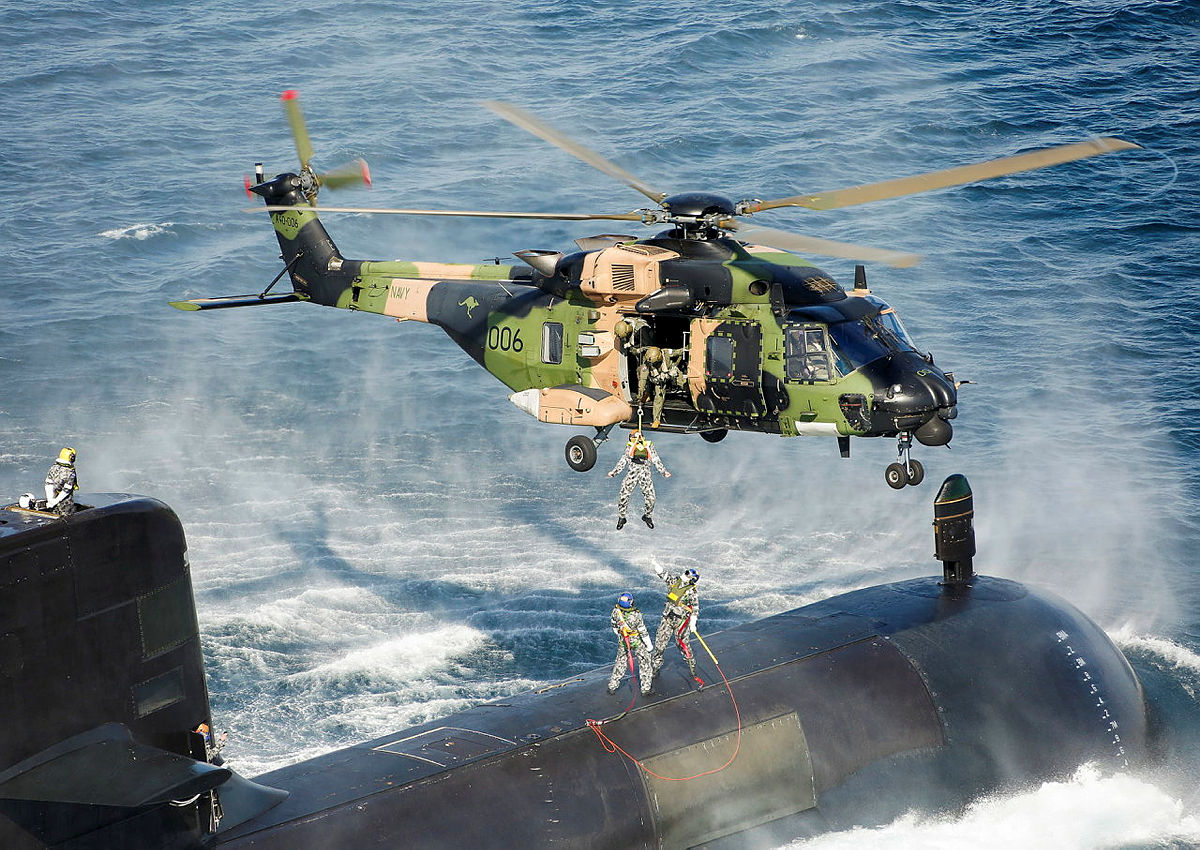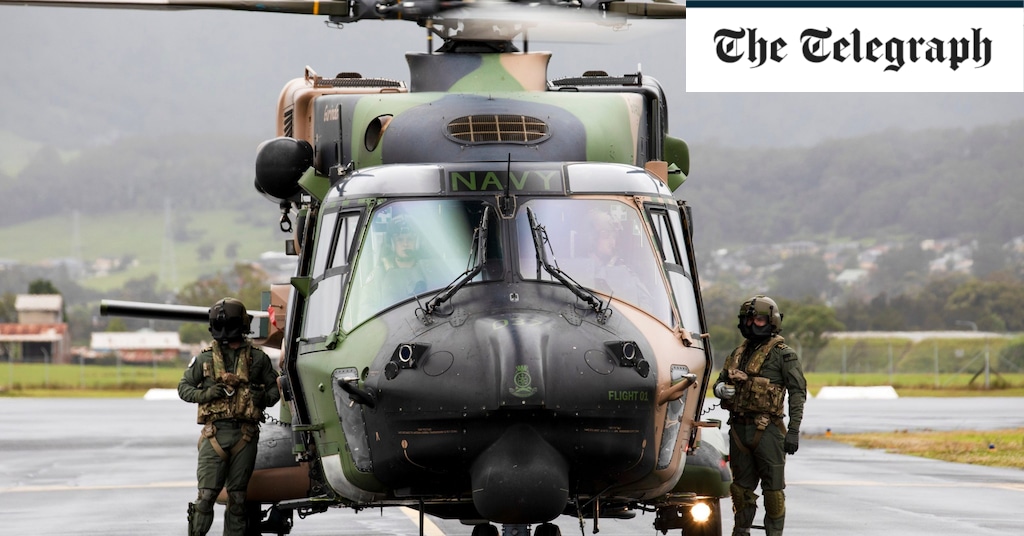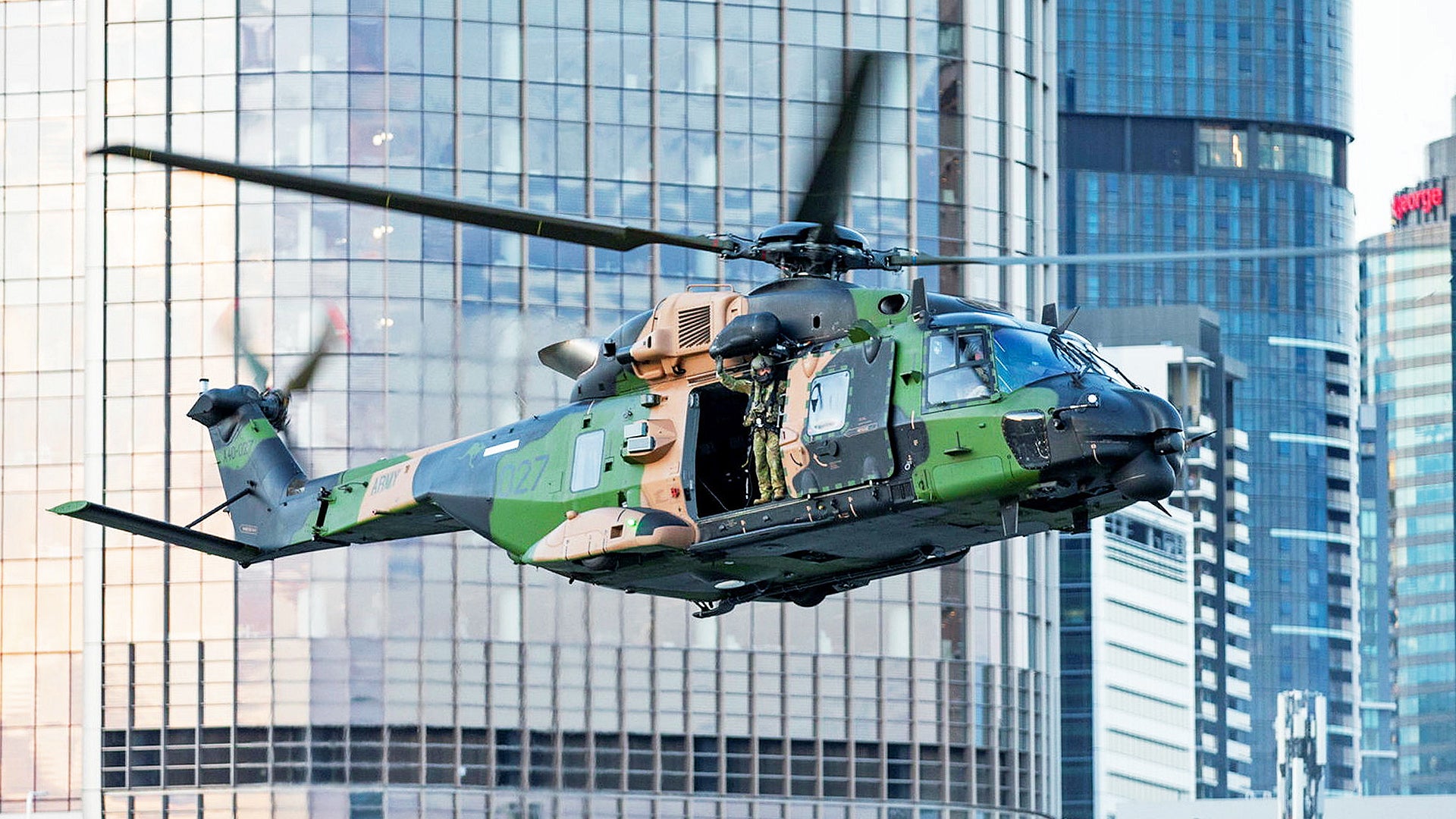The thing that caused issues in Australia wasn't the design itself but rather the poor sustainment support. From the Minister's media release (below):
The Program issues were addressed in this ANAO report from as far back as 2014 and earlier and has been a constant point of discussion.

www.anao.gov.au
Well the consecutive Minister's should be kicked fair and square in the arse for allowing the program to get so far for so long IMO
Wow, reading this ANAO report only reiterates to me that our government hasn't and doesn't take such an oversighting body like the ANAO serious!
I found it both interesting and disturbing the given point in the report:
"in June 2004 that the S‑70M Black Hawk be selected as the preferred aircraft for Phases 2 and 4.;
-In accordance with direction provided by the Minister for Defence and government, Defence developed alternate draft submissions, initially to ask ministers to choose between the two aircraft options—the MRH90 and S‑70M Black Hawk—and later recommending acquisition of the MRH90 for Phase 2 only. In August 2004, government formally approved the acquisition of 12 MRH90 aircraft for Phase 2 on the basis that strategic and other government considerations outweighed the cost advantage of the Sikorsky proposal.;
-In June 2005, following protracted contract negotiations, Defence signed an acquisition contract with Australian Aerospace for the supply of 12 MRH90 aircraft and for an interim support system. The interim support system did not include important MRH90 aircraft support elements such as an electronic warfare self protection support cell, a ground mission management system, a software support centre, an instrumented aircraft with telemetry, and Full Flight and Mission Simulators. These support elements are critical for providing training and the ability to operate off ships. They were removed from the MRH90 acquisition contract to ensure AIR 9000 Phase 2 remained within its approved budget, and were added to the contract through later amendments, and at additional cost.;
-The Chief of Army is the lead Capability Manager for all of the ADF’s MRH90 fleet. The Chief of Navy has capability management responsibilities for the six MRH90 aircraft assigned to Navy. These officers are responsible for overseeing and coordinating all elements necessary to achieve the MRH90 aircraft’s full level of operational capability by the date agreed to by government.;
-By March 2014, over $2.4 billion had been spent acquiring and sustaining the MRH90 aircraft, with 27 delivered. However, the MRH90 Program was running some four years behind schedule, with the first Operational Capability milestones for both the Army and the Navy yet to be achieved. Considerable work remains to implement and verify some design changes, and to adjust operational tactics, techniques and procedures, in order to develop an adequate multi‑role helicopter capability for Army and Navy operations.";
-By March 2014, over $2.4 billion had been spent acquiring and sustaining the MRH90 aircraft, with 27 delivered. However, the MRH90 Program was running some four years behind schedule, with the first Operational Capability milestones for both the Army and the Navy yet to be achieved. Considerable work remains to implement and verify some design changes, and to adjust operational tactics, techniques and procedures, in order to develop an adequate multi‑role helicopter capability for Army and Navy operations.;
-The decision by the then Australian Government in 2004 to approve the acquisition of the MRH90 aircraft, instead of the initial Defence recommendation that the S‑70M Black Hawk aircraft be acquired for Phases 2 and 4, has had significant implications as a consequence of: unforseen immaturity in the MRH90 system design and the support system; the continuing need to modify some design elements to meet multi‑role capability requirements; and the high cost of sustaining the aircraft.;
-The following discussion of the audit findings is structured around the key elements of the acquisition: the source selection process, including requirements definition; acquisition progress and remediation; and cost, schedule and capability. The audit also highlights a number of key lessons from the MRH90 Program, which have also been observed in previous reviews of Defence and in previous ANAO audits.;
-Under the 2002
ADF Helicopter Strategic Master Plan, Defence’s strategy was to rationalise the number of helicopter types in service with the ADF through the acquisition of a multi‑role helicopter capability. Defence planned to acquire the capability via a Military‑Off‑The‑Shelf (MOTS) procurement to reduce the risk of cost escalation and schedule slippage. A MOTS helicopter procurement may confidently be undertaken when tests and evaluations are complete; full‑rate production is well underway; and mature sustainment supply chains are in place to support the aircraft. However, when Australia planned to acquire troop lift helicopters in the early 2000s, the solutions offered by the main contenders had not yet achieved these milestones.;
-During the Phase 2 RFP process in 2003, Defence noted uncertainty about development and certification risks for the two main contenders (the MRH90 and the S‑70M Black Hawk aircraft), and had low–medium confidence in cost estimates, as both aircraft remained under development at the time and were not yet MOTS aircraft. However, this assessment did not lead Defence to undertake a thorough analysis of the maturity of the two aircraft options, and associated cost and schedule risks. Defence could have undertaken more thorough analysis of the available options during the remainder of the source selection process, in order to better inform government decision making on the selection of a preferred aircraft.;
-Defence’s helicopter capability requirements definition was inadequate, did not properly inform the source selection process, and led to gaps in contract requirements. Defence also did not effectively assess the maturity of the MRH90 and S‑70M Black Hawk aircraft designs, and the potential implications of immaturity, during the source selection process and to inform the development of contracts. Further, the acquisition and sustainment contracts established by Defence did not contain adequate protections for the Commonwealth.;
-While Defence provided candid advice to its Minister on its preferred option and the possible separation of Phases 2 and 4, in the absence of comprehensive helicopter capability requirements definition, Defence was on the back foot. Defence was not positioned to readily identify areas in need of developmental work for the respective aircraft, and to confidently inform ministers on the respective strengths and weaknesses of the proposals.;
-In June and July 2004, Defence recommended the S‑70M Black Hawk option following the Phases 2 and 4 ODRP on the basis of its cost advantage, robust construction, ballistic protection and crashworthiness. Defence also found that the MRH90 aircraft would meet the capability requirement. Defence considered that the MRH90 was a more marinised aircraft, and that the Australian Aerospace offer had Australian industry capability advantages.;
-Defence has approved many temporary and permanent design waivers for the aircraft with respect to the original requirements. Further, due to the immaturity of the design, DMO has agreed to accept the MRH90 aircraft with three Product Baseline upgrades which are expected to bring the aircraft to their contracted standard; and three software builds which make evolutionary software improvements.
Once again it's clear and obvious to me that Australia's aquisition processes are drastically flawed.
Once again the powers that be - Defence and politicians selected a non mature weapons system / platform and the ADF's capabilities are compromised detrimentally.
There's definitely a pattern here in which government and Defence are so at ease with cancelling or prematurely replacing their stuff-ups with no accountability.
I'm also seeing these cockups being replaced with off-the-shelf replacements - so much for Australian content and participation....
The ADF/Defence Department can't sustain these cockups!
Regards
Pioneer
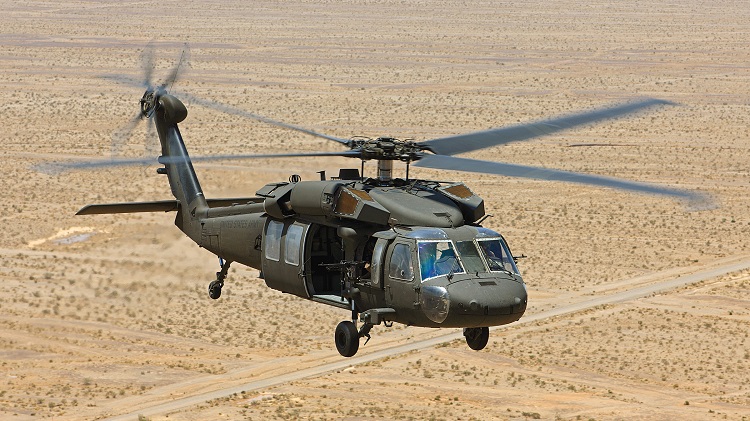
 adbr.com.au
adbr.com.au

